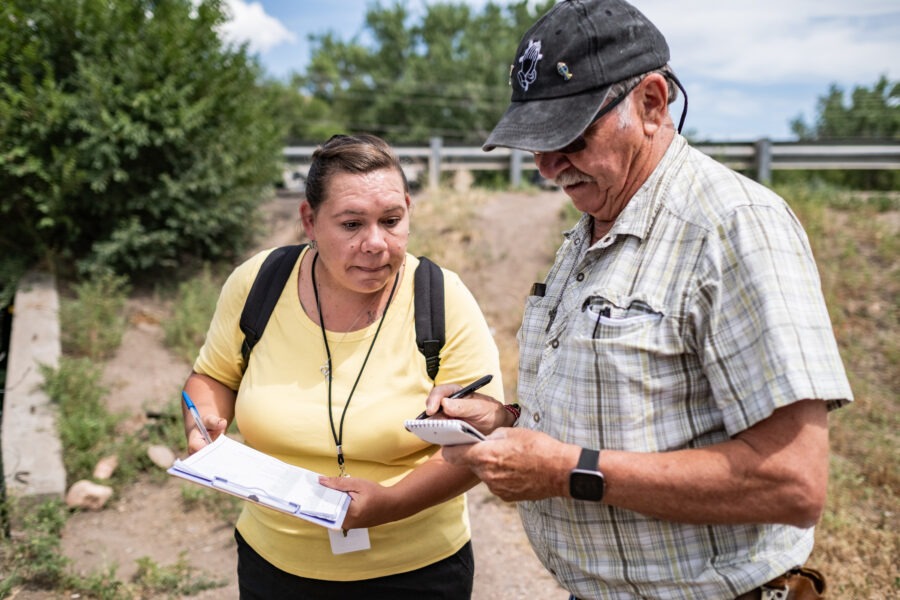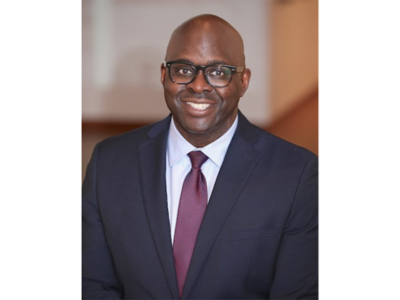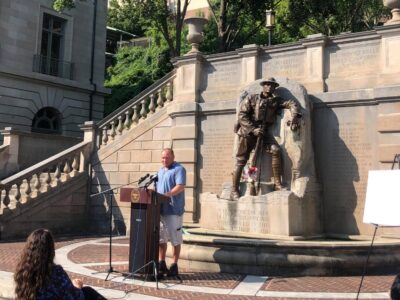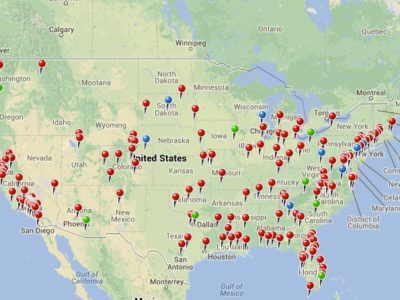2024 has confirmed that homelessness is solvable. From urban centers to rural communities, the work of Built for Zero communities has proven that when we come together to eliminate gaps in our care networks, using data, collaboration, and innovation, we can make homelessness rare and brief.
Let’s highlight key moments and ongoing progress that have advanced the journey to solve homelessness:
Communities large and small are achieving results

Metro Denver region reduced veteran homelessness by 30% since 2020.
The Metro Denver region has housed over 1,874 veteran households since 2020, marking a 30% reduction in veteran homelessness. By focusing on prevention and leveraging data-driven strategies, the region is on its way to reaching functional zero for veterans.
“We know an ounce of prevention is worth a pound of a cure, and so it costs a lot less to prevent people from coming into homelessness,” said Ian Fletcher, Deputy Director of Large-Scale Change.
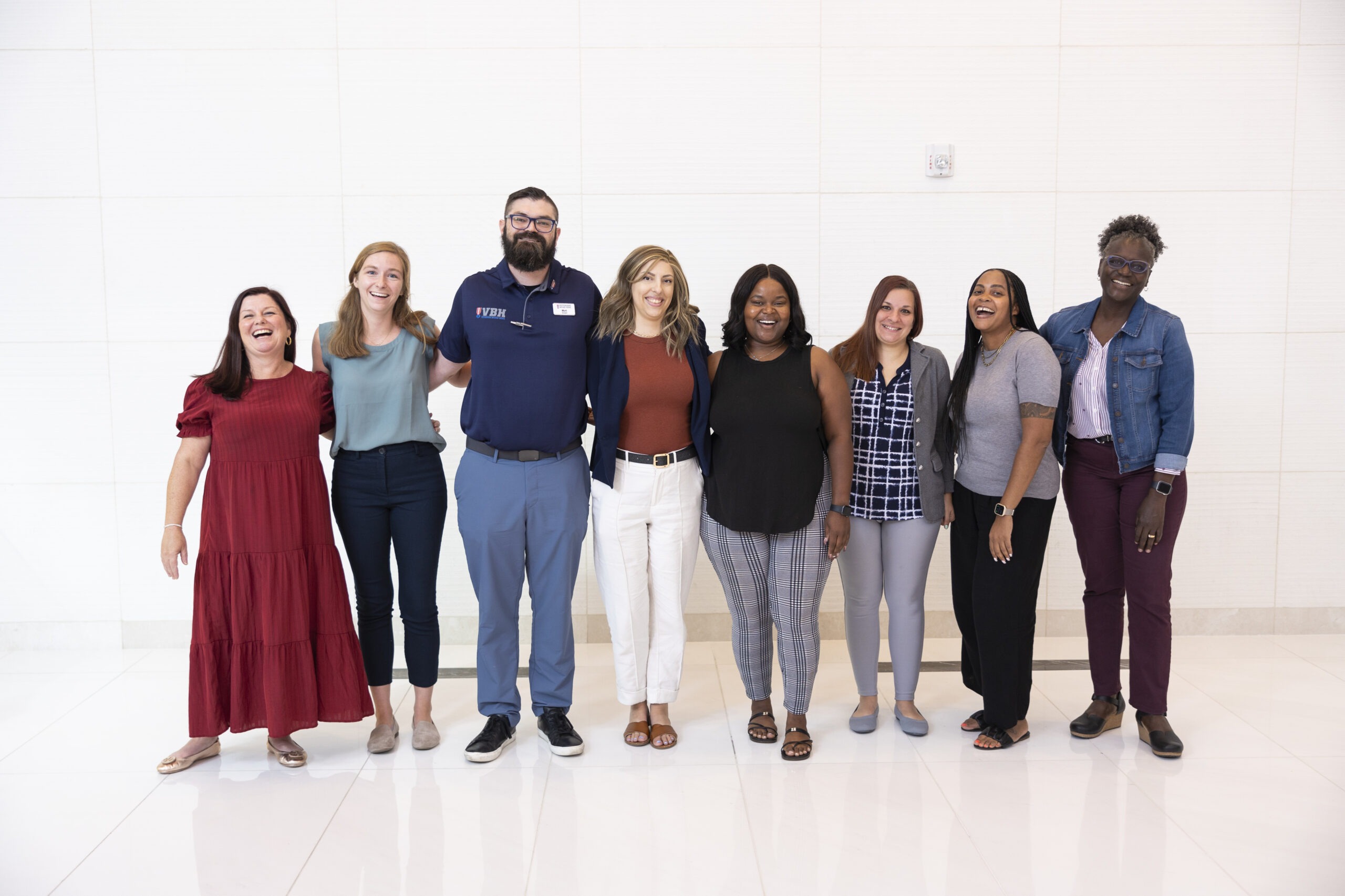
Charlotte-Mecklenburg cut veteran homelessness by nearly 50%.
In North Carolina, the Charlotte-Mecklenburg County Built for Zero team reduced veteran homelessness by 50% since 2019, with a 29% decrease in the last year alone. By utilizing real-time, by-name data, this community ensures every veteran experiencing homelessness is identified and supported into housing without delay.
Learn more about Charlotte-Mecklenburg’s approach to reducing homelessness.
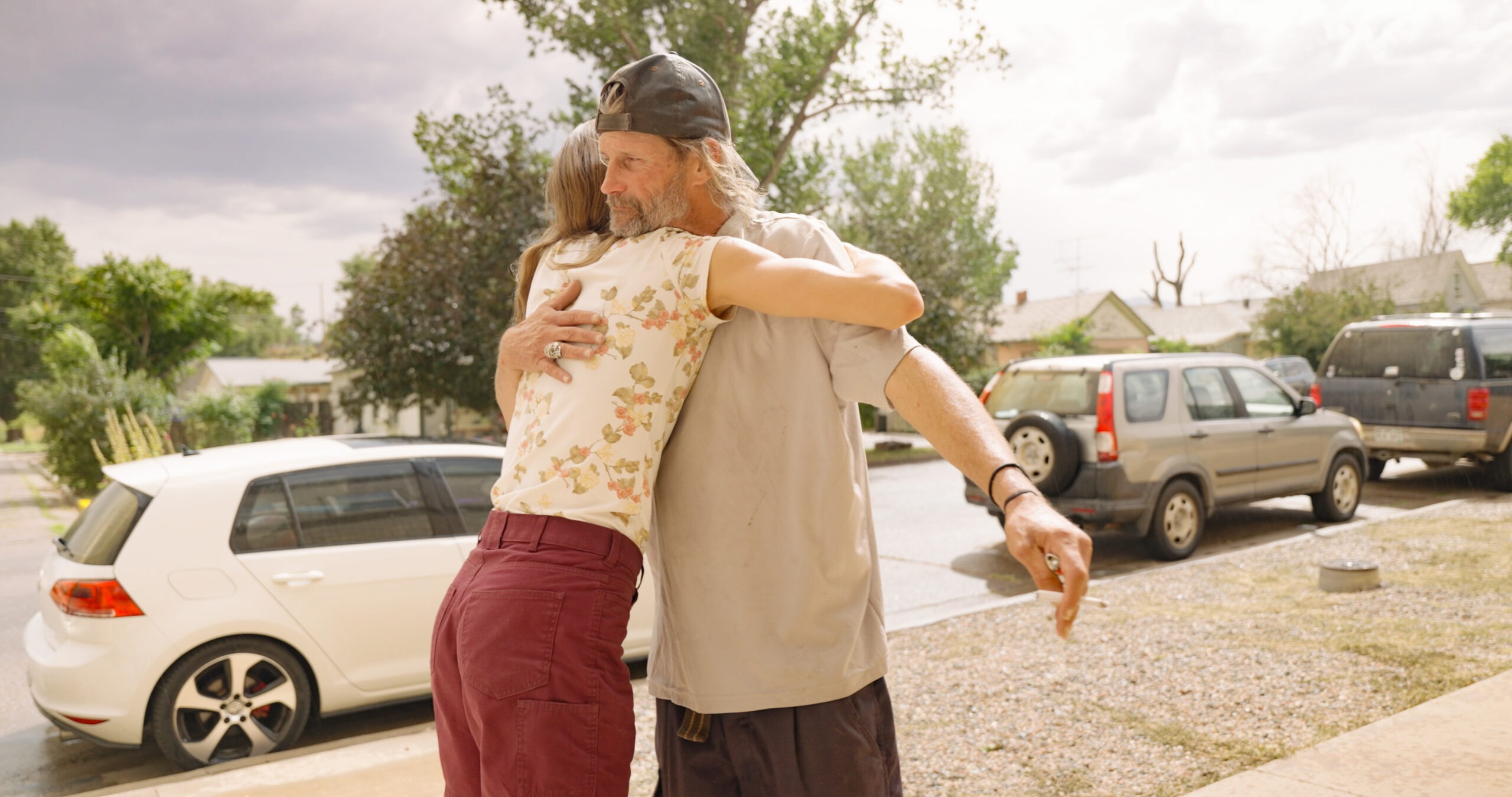
Fremont County, Colorado, moved closer to reaching functional zero for chronic homelessness.
This rural Colorado community is making strides toward solving chronic homelessness. By fostering strong partnerships and prioritizing data-driven actions, Fremont County has developed a system that connects individuals to housing quickly and effectively. By collaborating across agencies and using data to guide their efforts, they’ve developed a system to move people into housing faster and ensure they remain housed.
“It really is everybody on deck here. And I think that is what’s going to make the huge impact,” said Nikki Reynolds, former Recovery Support Care Manager with Solvista Health.
More communities used data to drive solutions to homelessness

Several communities reached a significant milestone this year by creating high-quality, real time, by-name data systems for single adults experiencing homelessness. Having confidence in data empowers communities like St. Louis to make informed, targeted decisions to address homelessness.
As Jonathan Belcher from St. Patrick Center puts it, “If you don’t know what you’re starting with, you really can’t set good goals and make good plans to address homelessness as a community.”
Stories of hope showcase solutions to homelessness in action
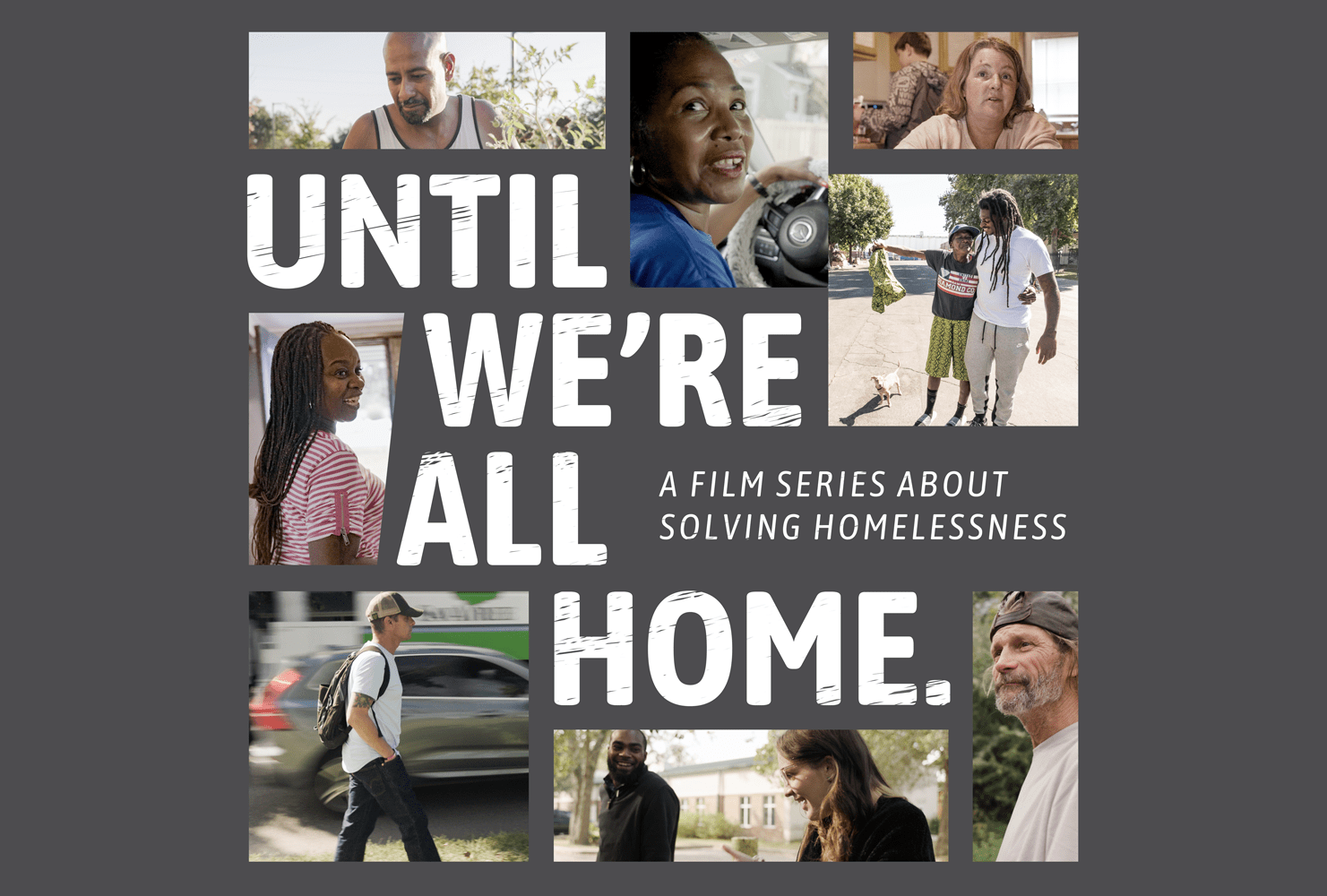
Community Solutions collaborated with filmmakers Dewi Sungai and Jason Houston (eight16creative) to document how six communities are measurably reducing homelessness. The “Until We’re All Home” series captures powerful stories of transformation and collaboration, showcasing solutions in action.
From preventing youth homelessness on the Gulf Coast of Mississippi to mobilizing landlords in Jacksonville, Florida, these stories remind us that change is possible when communities come together.
Communities proved reducing homelessness can be done without penalizing individuals
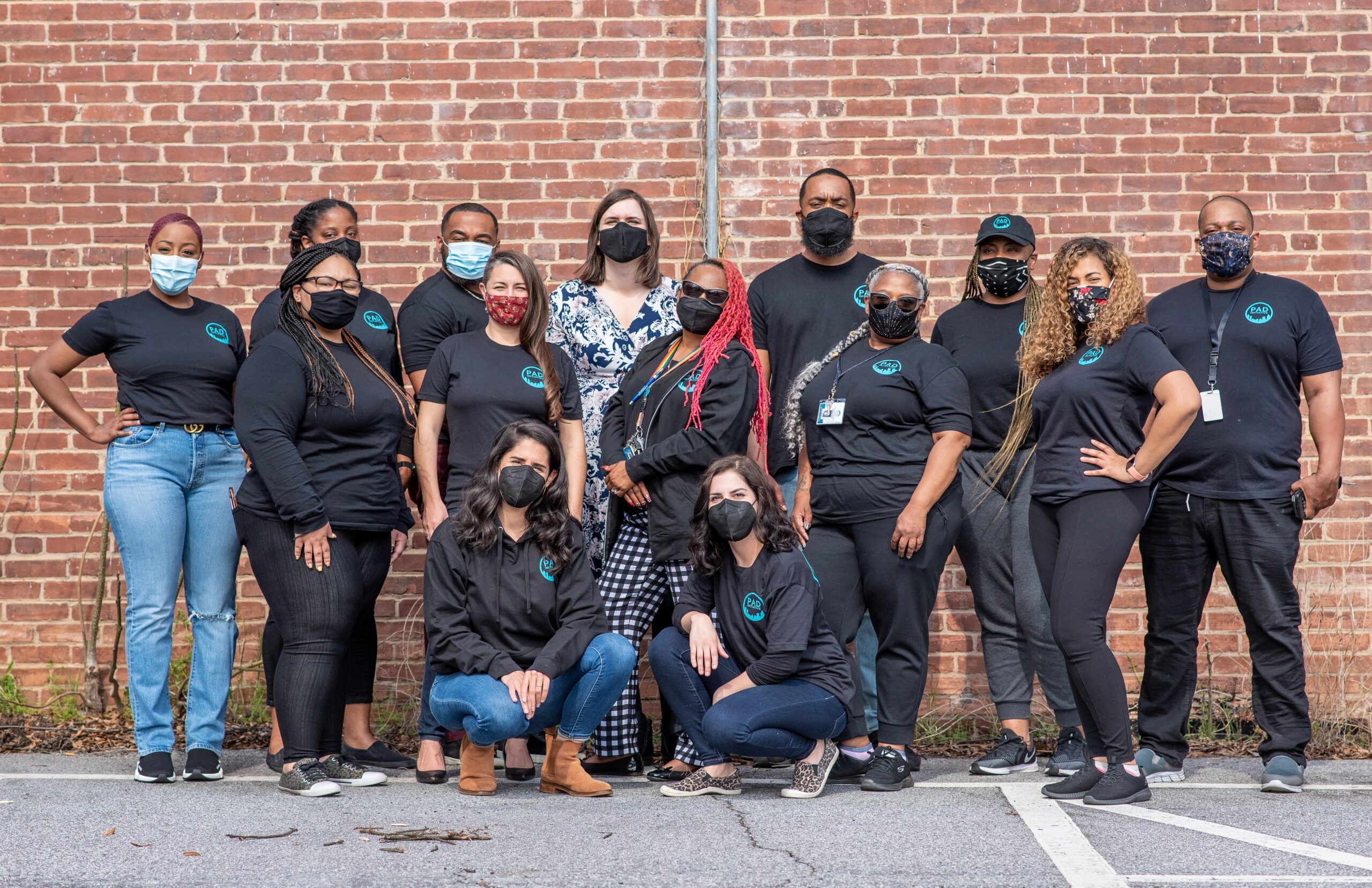
While some cities have resorted to punitive measures against homelessness since the Supreme Court recently ruled that U.S. cities can punish people for experiencing homelessness, innovative programs like Atlanta’s Policing Alternatives and Diversion Initiative (PAD) demonstrate a more effective path forward. By diverting individuals from jail to housing and services, Atlanta housed over 2,000 people in 2023, including 800 who were unsheltered.
Collaboration and investment helped scale more housing solutions
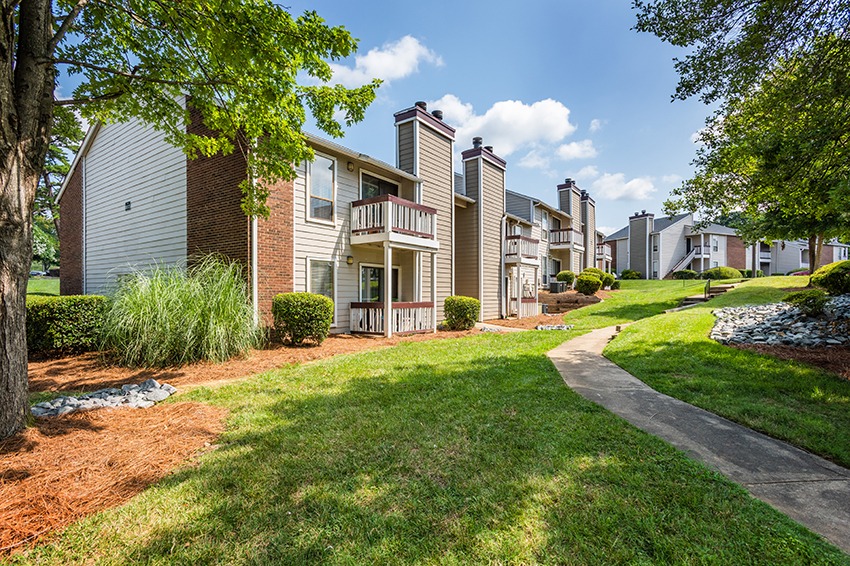
Community Solutions is using $135 million raised from impact investors to acquire properties that feature affordable housing options. These investments ensure individuals can be housed in half the time of traditional models because 50% of units are designated for those experiencing homelessness.
“This Fund will fundamentally change how cities address homelessness and the affordable housing crisis,” said Dave Foster, President of BDP Impact Real Estate, a partner of Community Solutions that manages the Fund and its properties.
